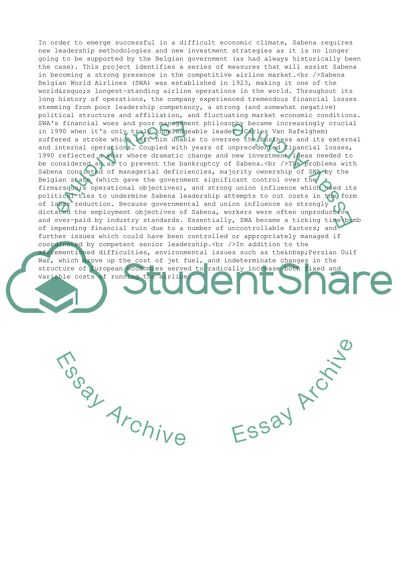Cite this document
(Once a Leader in the Airline Industry Term Paper, n.d.)
Once a Leader in the Airline Industry Term Paper. https://studentshare.org/business/1711182-sabena-belgian-world-airlines-case-analysis
Once a Leader in the Airline Industry Term Paper. https://studentshare.org/business/1711182-sabena-belgian-world-airlines-case-analysis
(Once a Leader in the Airline Industry Term Paper)
Once a Leader in the Airline Industry Term Paper. https://studentshare.org/business/1711182-sabena-belgian-world-airlines-case-analysis.
Once a Leader in the Airline Industry Term Paper. https://studentshare.org/business/1711182-sabena-belgian-world-airlines-case-analysis.
“Once a Leader in the Airline Industry Term Paper”. https://studentshare.org/business/1711182-sabena-belgian-world-airlines-case-analysis.


